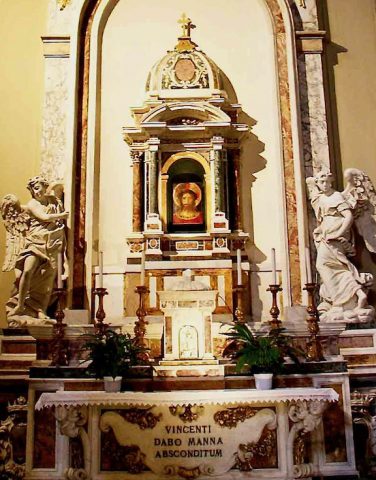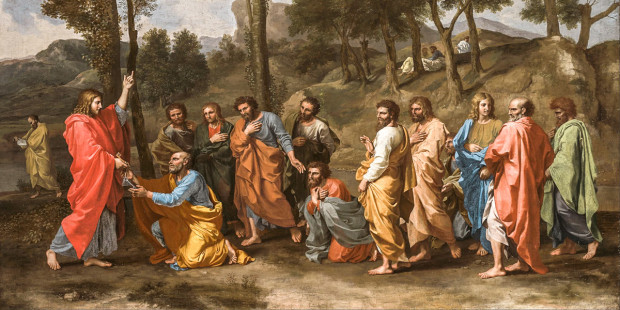By Brad Miner, The Catholic Thing, Aut. 17, 2021
Brad Miner is senior editor of The Catholic Thing, senior fellow of the Faith & Reason Institute, and a board member of Aid to the Church In Need USA. He is a former Literary Editor of National Review. ..
 If, as I am, you’re a true art lover, you may come to suppose you’ve seen much of the world’s great art in museum and gallery visits, or in books (Gardener’s Art through the Ages), or online (Google Arts & Culture), or watching Kenneth Clark’s “Civilization” or Sister Wendy Beckett’s “Odyssey” or “Grand Tour.” Those TV series are wonderfully vivid explorations of Western art. (Both Lord Clark and Sr. Wendy were Oxonians, though separated by two decades, and her thesis advisor – not the English term – was J.R.R. Tolkien. She took first-class honours; Clark got second-class. Obviously, he kept learning, even entering the Catholic Church late in life.)
If, as I am, you’re a true art lover, you may come to suppose you’ve seen much of the world’s great art in museum and gallery visits, or in books (Gardener’s Art through the Ages), or online (Google Arts & Culture), or watching Kenneth Clark’s “Civilization” or Sister Wendy Beckett’s “Odyssey” or “Grand Tour.” Those TV series are wonderfully vivid explorations of Western art. (Both Lord Clark and Sr. Wendy were Oxonians, though separated by two decades, and her thesis advisor – not the English term – was J.R.R. Tolkien. She took first-class honours; Clark got second-class. Obviously, he kept learning, even entering the Catholic Church late in life.)
Anyway, no matter how much you think you know, you still come upon paintings you’ve missed. How could you not? No one knows how many works of art have been created in disparate cultures over thousands of years. I don’t know if anybody even knows how many exist today, although the MET in New York City has two million works of art in its collection, the Hermitage in St. Petersburg has three million, and, in both cases, most of it’s in storage! …
Continue reading >>>>







